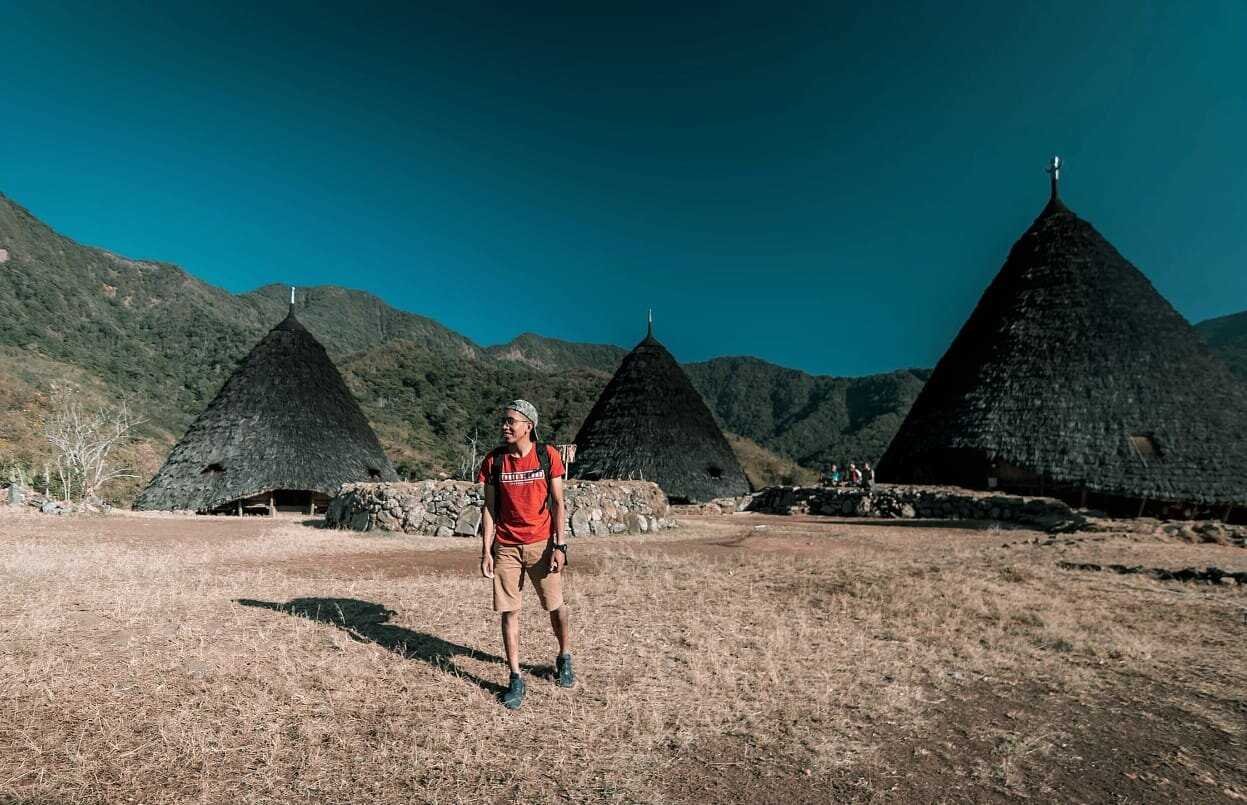MANGGARAI – Indonesia has enchanting natural wealth both in the sea and land. 77 percent of Indonesia’s territory is sea water, so it is often referred to as a maritime country, and we can see this from the many island clusters from east to west. However, Indonesia’s wealth is of course not only in the sea but also on land. Each island has its own charm, whether it be green forests to expanses of mountainous highlands.
For the natural wealth of the highlands in Indonesia, this place is in the spotlight by many audiences, those who are traveling. The rich natural scenery and cool air are perfect for releasing fatigue when visiting it.
In the highlands of Indonesia, there are not only enchanting scenery but also local people who live in it. Sometimes, those who live in the highlands in Indonesia are far from civilization, the hustle and bustle of the city, but still enjoy life side by side with nature. From them, we can also learn about their history, culture and traditions.
There are many highland communities who make settlements or villages in several areas in Indonesia. One example is the village of Wae Rebo on the island of Flores, East Nusa Tenggara (NTT). In this place the people of Wae Rebo Village live in a remote plateau and are one with nature.
We already know that the central part of Java Island is a mountainous plateau area. From there, several villages received the title of the village with the highest area in Indonesia, Sembungan Village in Wonosobo, Central Java, and Argosari and Ranu Pani Villages in Lumajang, East Java. Then what about the highest village outside Java? The answer is Wae Rebo Village.
Panorama of Wae Rebo Village in the morning. It stores a number of interesting facts in the village of Wae Rebo, which is on Flores, an island in eastern Indonesia. One of them is that it is thousands of years old.
The problem of the traditional house architecture of Wae Rebo Village is prominent and becomes an attraction for tourists. The shape is in the form of a conical granary and only amount to seven. It is said that the form adopted the rumah gadang, which can be found in Minang land.
Mbaru Niang, which the highest award in the category of UNESCO Asia-Pacific cultural heritage conservation in 2012, has five floors with a height of about 15 meters. In each section, it has various functions for the needs of the families who live in it.
This house also has another name, the Round House. unsuitable because of its conical shape. This house has the same diameter and height and can accommodate 6-8 families.
Entering Wae Rebo Village is free, but it’s different if you want to stay overnight to enjoy the exotic night and morning views of the village. “There is no entrance fee to Wae Rebo. In 2020, visitors only pay a stay of IDR 325,000 per night, and give “wae lu’u” a kind of donation of 50,000.00 ”, said traveler Yoakim.
Visiting Wae Rebo, Needs Extra Energy. The location of Wae Rebo Village can be considered remote because it is in the mountains where access is still not good.
“The trip from Labuan Bajo is recommended via the southern route, via Lembor by car for about 3 to 4 hours. After arriving at Denge village to post 1, usually using an ojek. About 20 minutes from post 1 to Waerebo takes 4 hours,” he explained, Saturday (14/11/2020).
It is true that the journey is difficult and full of patience, but the sensation and beauty that are obtained are comparable. To see the beauty of Waerebo Village above the clouds.
Anang Fadhilah







